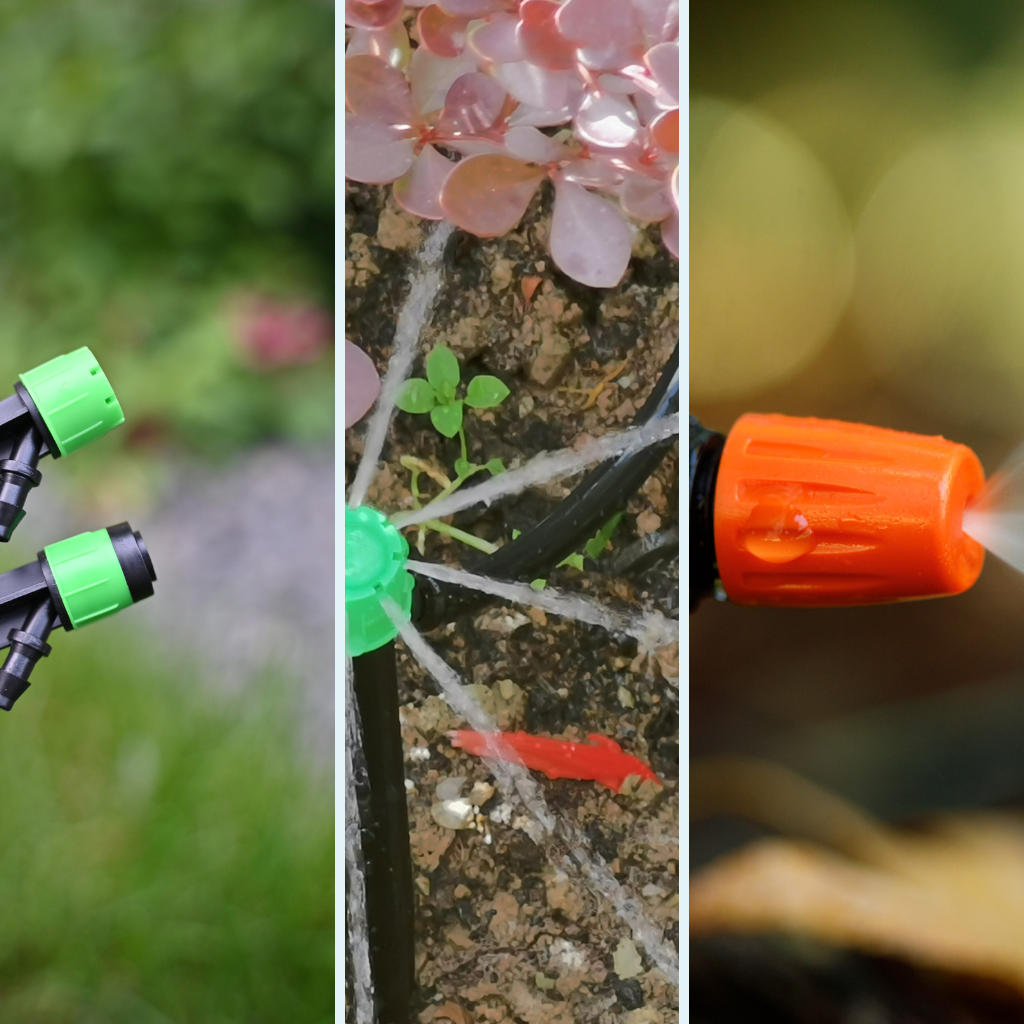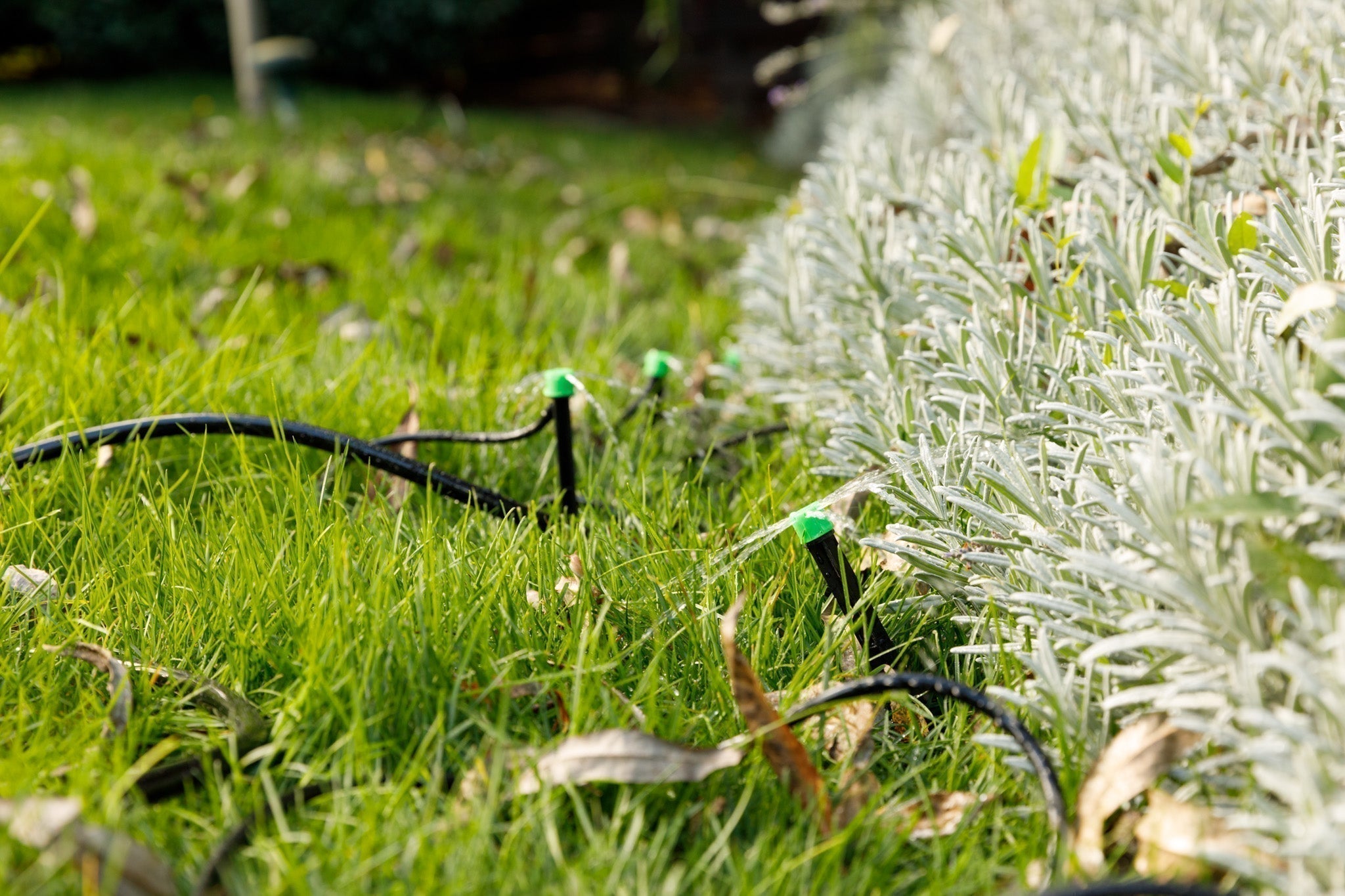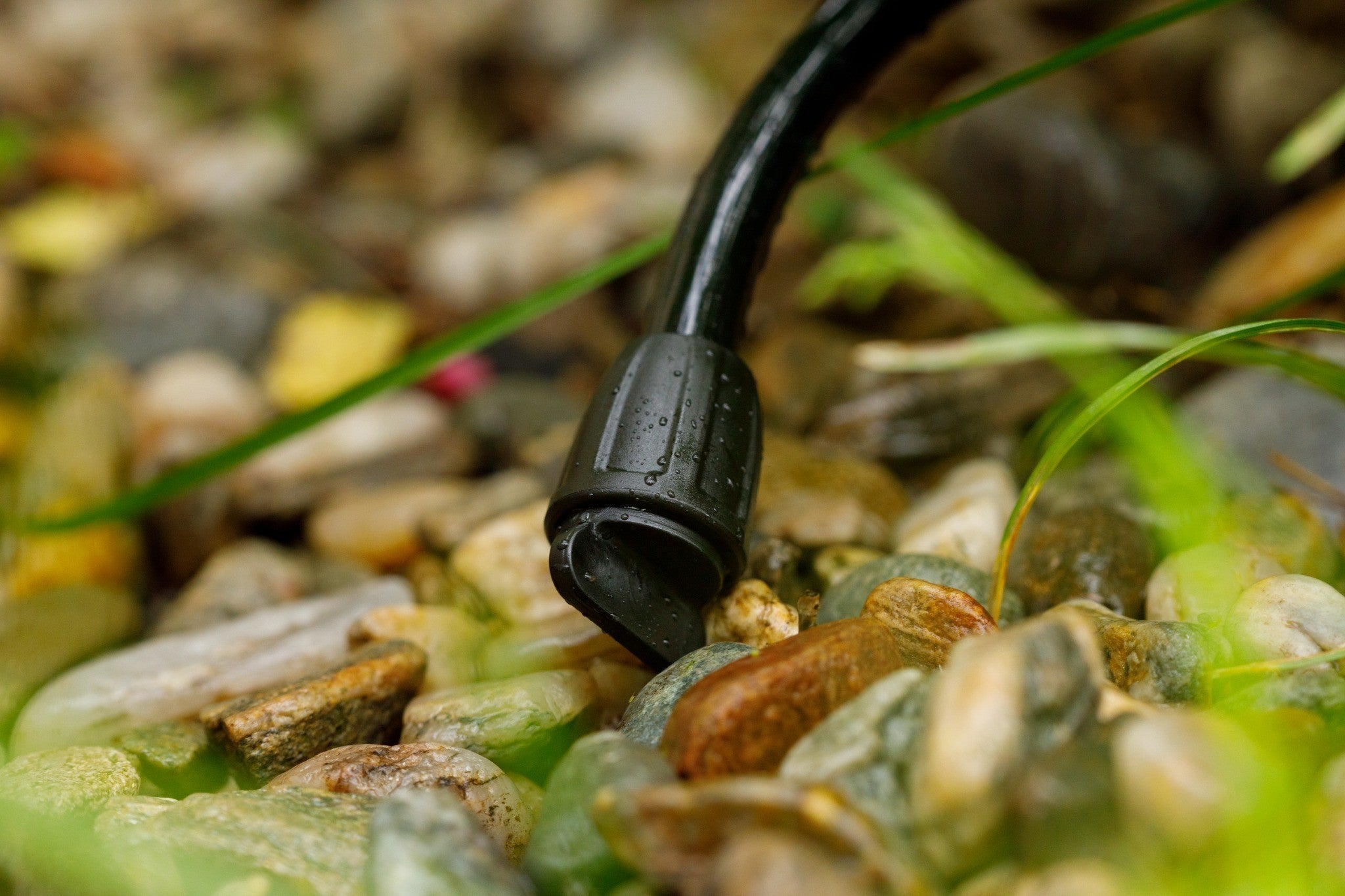According to the National Association of Landscape Professionals, about three out of four Americans have a home with a lawn or engage in landscaping. Out of them, 81% do all the lawn work by themselves. 31%, however, admit they don’t know how to grow a healthy lawn, and 69% consider their lawn could use improvement.
So, if you’re dreaming about growing a lush, green lawn but you aren’t there yet, you are not alone. And the interesting fact is that many lawn owners fail, not because of neglect but because of misconceptions and bad practices.


Whether you are failing at growing the green heaven of your dreams or you are still in the research phase, continue reading and find out all about some of the most common mistakes that can destroy your lawn and how you can avoid them.
Mistake #1: Not Seeking Advice

If you are reading this, it means you are not among the people who do everything on their own, even when they know much about the topic. There is plenty of information online, among more experienced friends, or at your local improvement store. So, whether you are a newbie or you’ve done this before but rather unsuccessfully, asking for advice is always a great idea.
And if you are shy or prefer doing this on your own, read all the articles and blogs you can find, watch youtube tutorials, and don’t forget that the smartest lawn owners are those who acknowledge what they don’t know. There is no reason for you to fail because you were too proud or shy to seek advice.

Mistake #2: Planting the Wrong Variety of Grass & Misapplying Fertilizer

Before choosing the type of turf you need, there are a few things you should consider. The kind of climate, your soil, or whether the soil is sun-baked or shaded, are some of the factors that will help you decide on the variety of grass you plant.
And if you still can’t decide or feel unsure, you know it’s time for deeper research or asking for help. When it comes to fertilizer, you should also pay extra attention. Failing to distribute it evenly, for instance, might leave you with a lawn with zebra-looking stripes.
In addition, while quick-release fertilizers may give a fast green-up thanks to the high nitrogen levels, they are easily washed away and can cause water pollution, and even leave your lawn dependent on chemical fertilizers. So, maybe opting for slow-release fertilizers that don’t need to be replenished often is a better idea.


Adding too much fertilizer or using it at the wrong time can also lead to problems, like increasing diseases. While most fertilizer packaging may show the right amount to apply, and there are machines like drop spreaders or broadcast spreaders available, reaching out to your local extension service is advisable, as everything can vary from region to region.
Mistake #3: Cutting the Lawn Too Short & Mowing With Dull Blades
There is a general rule about cutting the grass: no shorter than about 3 inches long. If you trim it too short, you make it susceptible to insects and disease by removing its energy-producing top growth. Also, thicker lawns are much better at crowding out weeds.


And, no matter if you choose a riding or a walk-behind mower, make sure it has sharp blades, as the dull ones rip through the grass, leaving jagged ends, which turn brown easily, leaving the grass more susceptible to disease. So, make sure you sharpen your lawn mower blades regularly, especially if you usually swap the ground or hit rocks.
Mistake #4: Not Watering Enough or Too Much Watering
Everybody knows what happens to their lawn when they forget to water it. Just like with any other plant, it dries out and dies. But did you know that consistently applying more water than it needs is one of the most harmful things you can do to your landscape?

According to the National Association of Landscape Professionals, the majority of lawn owners are very confused about the amount of irrigation a lawn needs, with one in three Americans admitting they aren’t sure how often a lawn should be watered.

Well, the amount of water your garden needs depends on the area and plants available, but, on average, the sweet zone for most lawns is about 1 inch per week, delivered in less frequent, deep waterings. Luckily, nowadays, watering a landscape is much easier since you can always use a sprinkler.
Not only will it make the activity feel less like a chore and more like an entertaining moment, but it will also help you maintain your plants and lawn lush and healthy.
Mistake #5: Treating Your Landscape as a Single Unit
Many people think of their lawn and landscape as one single, large unit, but, in reality, if you plant more than just grass, your whole garden is formed of separate microclimates and plant-specific zones. Also, some areas might be low, with poor drainage, while others on the slope of a hill, or you can have shady zones and parts that get full sun.


All your plants and areas need watering, but maybe watering frequencies and run lengths should differ and be set accordingly. That is why a small and adjustable garden sprinkler you can move around easily and adjust according to your garden's needs is such a fantastic addition for lawn owners.
And Carpathen Garden Sprinkler 360 Rotating fits perfectly into this description. With 4 different spray patterns due to its rotating arms and working at a pressure up to 60 PSI, the Carpathen irrigation sprinkler is customizable according to the needs of your lawn and garden. Rotate its arms to set the distance and the amount of water needed, and the 36 nozzles will water and nurture your plants, lawn, garden, flower beds, or agricultural land without moving a finger. Not to mention you can install it in minutes using the Quick Connect System, and it is light and can easily be moved to cover different areas. Definitely the perfect gadget for your lawn!



































